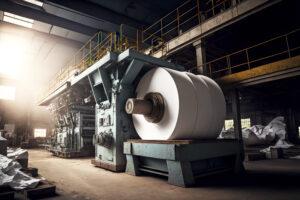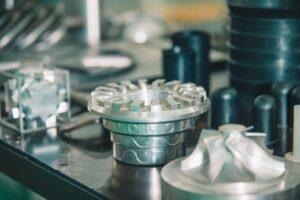
Aggressive acids kept eating through their standard pumps, contaminating sterile production lines. Workers faced constant shutdowns and expensive repairs. The breakthrough came with chemical process pumps built for exactly these harsh conditions. These specialized machines handle corrosive fluids that destroy regular equipment, becoming lifelines for industries where ordinary pumps just won’t cut it.
What Makes Chemical Pumps Different
Industrial chemical pumps work differently from your typical fluid equipment. They use materials like stainless steel, PTFE, and special alloys that laugh off chemicals from hydrochloric acid to sodium hypochlorite—stuff that would melt regular pump parts.
The sealing technology tells the real story. Regular pumps use basic gaskets that fail when things get nasty. Chemical pumps? They’ve got mechanical seals, magnetic couplings, or go completely sealless. These systems stay tight even with volatile solvents and caustic solutions trying to escape.
Temperature ranges blow past normal limits. These pumps work in sub-zero cold and extreme heat, handling heated acids and steam cleaning cycles without breaking a sweat. Pressure ratings match what you need for high-pressure chemical reactions and heavy industrial work.
Safety certifications aren’t suggestions—they’re requirements. ANSI, API, and explosion-proof standards become mandatory when you’re dealing with dangerous chemicals in petrochemical facilities. Skip these, and you’re asking for trouble.
In 1988, two workers were operating a sodium turnstate purification system. One worker attempted to pump a sodium sulfhydrate solution into a tank and accidentally opened the valve to another tank, which contained an acidic solution (pH 2.9). The mixture of the two compounds generated and released hydrogen sulfide gas to which the deceased was exposed, according to OSHA’s Chemical Exposures bulletin.
A chemical pump manufacturer faces a puzzle with every order. Match the wrong material to a chemical, and you get a disaster. Fluoropolymer linings fight off hydrofluoric acid that melts metal parts instantly. Special seals handle aggressive solvents that turn regular rubber into goo.
Standard pumps cruise along for months with clean water between service calls. Chemical pumps dealing with abrasive slurries or crystallizing solutions? They need specialized maintenance protocols and materials that won’t give up under constant chemical attack.
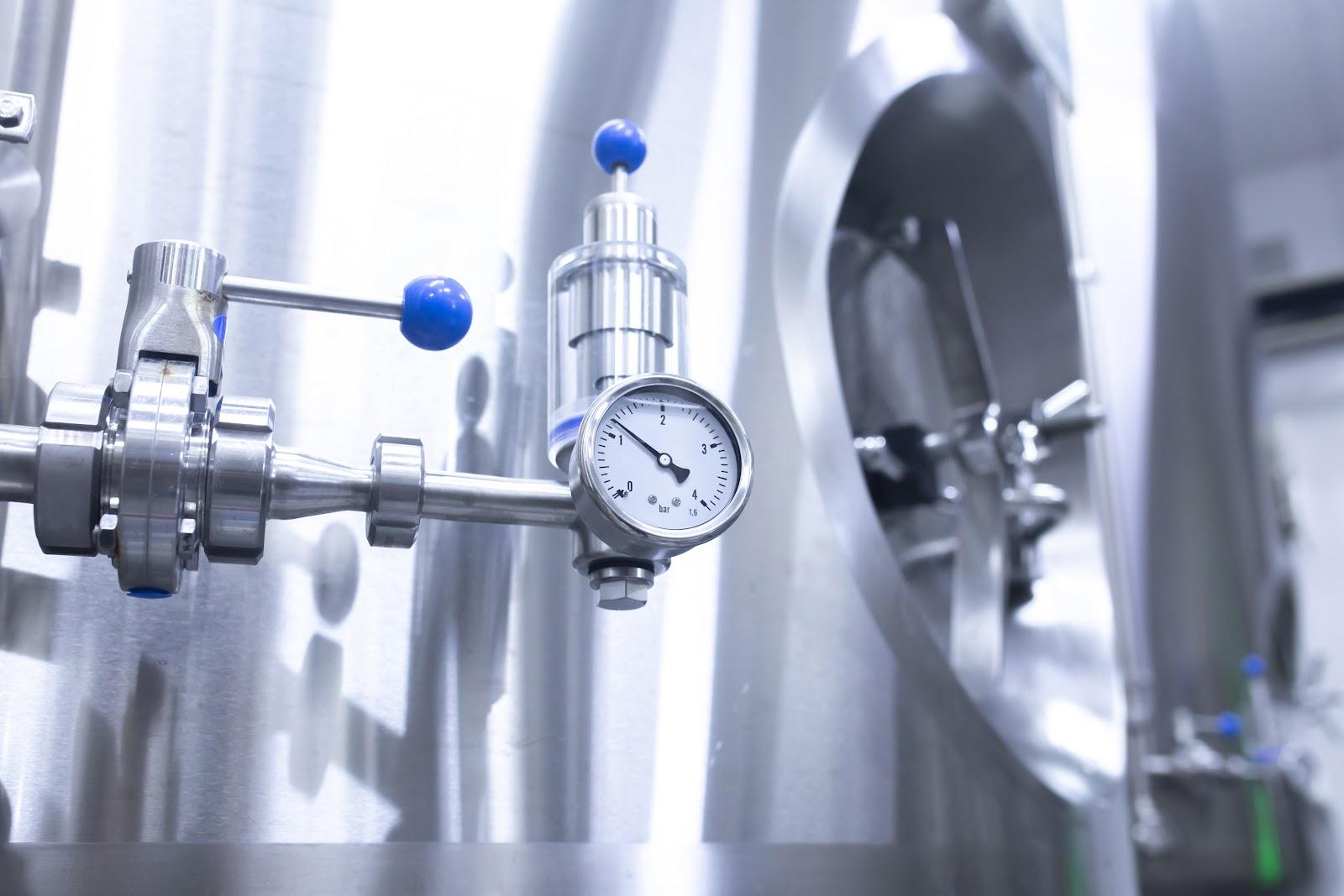
Operating Principles: The Science Behind Fluid Movement
Pumps in chemical engineering take basic physics and adapt them for environments that would destroy normal equipment. Creating pressure through mechanical force sounds simple until you add corrosive chemicals to the mix.
Centrifugal chemical pumps spin impellers to throw fluid outward using centrifugal force. But here’s the catch—certain acids demand specific blade angles and clearances to prevent cavitation damage. Get the material wrong, and standard cast iron impellers disappear in acidic solutions faster than you’d believe.
Positive displacement pumps work differently. They squeeze fluid in sealed chambers using flexible membranes that flex back and forth. This setup keeps chemicals away from mechanical parts while giving precise control over flow rates and pressures.
Chemical environments throw curveballs at fluid dynamics. Vapors create gas pockets that stop flow dead. Crystallization blocks passages. Temperature swings change how thick chemicals get, affecting everything downstream.
Common operating headaches:
- Chemical vapors form gas bubbles that kill the flow
- Crystals growing inside passages and blocking them
- Temperature changes making chemicals thick or thin
- Pressure swings causing cavitation that eats metal
- Materials slowly degrading from chemical exposure
Safety systems handle containment before problems start. Secondary barriers catch leaks before they hit the environment. Vapor recovery systems grab dangerous gases. These aren’t add-ons—they’re built into the pump design from day one.
Material chemistry gets complicated fast. Some chemical combinations create galvanic corrosion between different metals. Others crack plastics under stress. Understanding these reactions prevents catastrophic failures that shut down entire production lines.
One pharmaceutical company learned this lesson hard. They switched from hydrochloric acid to sulfuric acid for cleaning without changing pump materials. The pumps, fine with one acid, failed quickly with the other. Complete system replacement with compatible components became the expensive fix.
Chemical Pump Categories and Their Applications
All types of chemical pumps break into categories designed for specific jobs and chemical properties. Knowing these differences prevents costly mistakes in pump selection.
Centrifugal Designs
Centrifugal chemical pumps shine with high-volume, continuous flow jobs using relatively clean chemicals. Simple design means less maintenance while delivering solid performance for water treatment, cooling systems, and chemical transfers.
These pumps move low-viscosity chemicals efficiently—perfect for solvents, acids with minimal solids, and cleaning solutions. Large installations can push substantial volumes while building enough pressure for tall facilities and long pipeline runs.
But centrifugal pumps hit walls with thick fluids, abrasive slurries, and jobs needing precise flow control. They lose steam pumping against high back pressure, making them poor choices for high-pressure chemical processes.
Positive Displacement Technologies
Air-operated double diaphragm pumps deliver the precision chemical dosing demands. Flexible diaphragms keep chemicals away from mechanical parts while enabling accurate flow control down to tiny volumes.
These workhorses handle thick chemicals, solids-loaded slurries, and viscous materials that jam centrifugal designs. Self-priming lets you install them above fluid sources. Running dry won’t hurt them during supply interruptions.
Peristaltic pumps eliminate contamination completely by keeping chemicals inside flexible tubing. Rotating rollers squeeze the tube to move fluid without any pump parts touching the chemical. Sterile pharmaceutical production and food processing rely on this contamination-free design.
Gear pumps muscle through extremely thick chemicals using positive displacement. Intermeshing gears create chambers that capture and push fluid precisely. Heavy oils, polymer solutions, and paste-like chemicals that overwhelm other pumps work fine here.
Magnetic Drive Solutions
Sealless magnetic drive pumps ditch shaft seals entirely, preventing leaks that create environmental hazards or contaminate products. Magnetic coupling moves power from the motor to the impeller without a physical connection, guaranteeing zero-emission operation.
These pumps meet ANSI and API standards required in petrochemical facilities where tiny leaks become major safety hazards. The sealless design cuts maintenance needs while delivering long-term reliability in critical jobs.
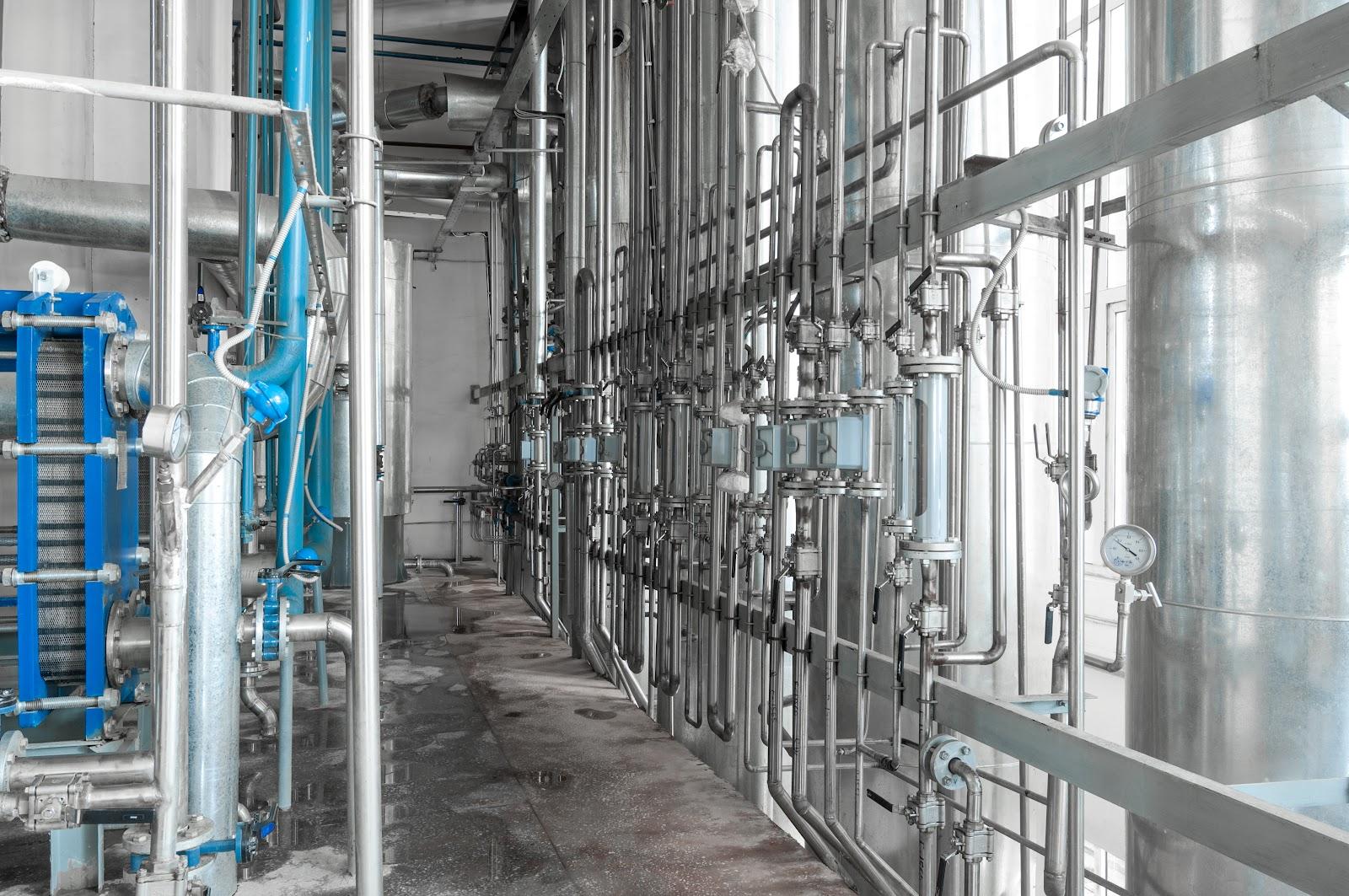
Industry Implementation: Real-World Performance
Pumps for chemicals handle critical jobs across industries where standard equipment fails. Each application brings unique challenges that chemical pumps solve through specialized design and materials.
Main industry uses:
- Water Treatment: Precise chemical dosing for disinfection and pH control
- Pharmaceutical Production: Sterile processing of biologics and vaccines
- Food Manufacturing: Moving cleaning chemicals and sanitizers safely
- Petrochemical Plants: Processing crude oil and chemical intermediates
- Mining Sites: Handling ore processing acids and abrasive slurries
Water treatment plants depend on chemical pumps for the exact dosing of disinfectants, pH chemicals, and coagulants. These systems handle sodium hypochlorite that eats standard materials, ferric chloride that crystallizes in lines, and lime slurries that wear out regular pumps. Getting the dose right matters—too much wastes expensive chemicals, too little fails treatment goals.
Pharmaceutical manufacturing demands zero contamination during sterile processing. Peristaltic pumps move blood products, vaccines, and sensitive biologics without exposing them to pump components. FDA validation requires proof that chemical pumps won’t contaminate products or change their chemistry through material interactions.
Food processing operations move cleaning chemicals, sanitizers, and food-grade acids through systems meeting strict hygiene standards. Pumps handling caustic cleaning solutions alternate with those moving food products, requiring materials that resist aggressive chemicals and bacterial growth.
Petrochemical refineries process crude oil, refined products, and chemical intermediates under brutal conditions. Hot hydrocarbons, corrosive sulfur compounds, and explosive vapor mixtures need chemical industry pumps rated for hazardous areas with explosion-proof motors and intrinsically safe controls.
Mining operations move ore-processing acids, particle-loaded slurries, and flotation chemicals in outdoor environments. These tough conditions demand robust construction that handles temperature extremes, dust, and mechanical abuse while maintaining performance.
Professional pump services keep these critical systems running. Regular inspection, preventive maintenance, and emergency repairs prevent production shutdowns that cost thousands of hours of lost productivity.
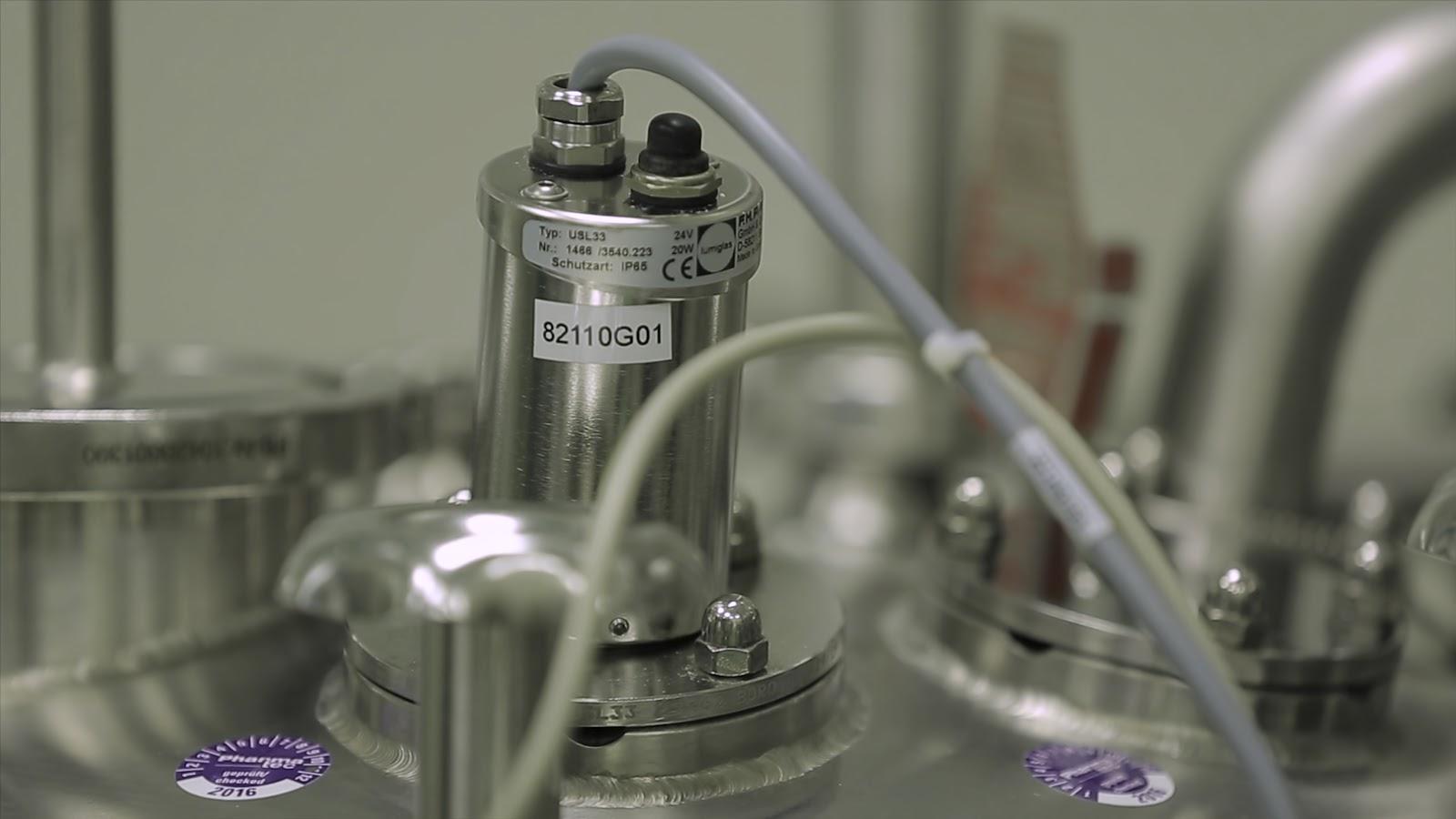
Specification and Selection Guidelines
Choosing the right types of pump in the chemical industry means evaluating multiple factors affecting performance, safety, and operating costs. Wrong choices create premature failures, safety hazards, and excessive maintenance bills.
Key selection considerations:
- Chemical compatibility testing and material matching
- Flow capacity needs and viscosity effects
- Operating temperature and pressure ranges
- Environmental conditions and installation limits
- Regulatory compliance and safety requirements
- Lifecycle costs and maintenance demands
Chemical compatibility testing proves pump materials resist attack from specific chemicals under operating conditions. Lab immersion tests expose material samples to chemicals for extended periods, measuring weight changes, surface damage, and mechanical property losses. Materials showing major weight changes signal incompatibility, requiring different selections.
Flow capacity calculations account for viscosity changes, temperature effects, and pipeline friction losses. Thick chemicals need larger pumps to hit desired flow rates. High-temperature applications may need oversized motors compensating for reduced efficiency.
Operating environment assessment covers temperature ranges, pressure needs, and installation constraints. Outdoor installations require weather protection and freeze prevention. Indoor applications may need ventilation for vapor control. Hazardous area classifications determine electrical requirements and safety systems.
Regulatory compliance varies by industry and location. FDA validation applies to pharmaceutical work. EPA regulations govern environmental discharge limits. Some chemicals require specific pump certifications or documentation for legal operation.
Lifecycle cost analysis compares the initial purchase price with operating and maintenance expenses over the expected service life. Cheap pumps often cost more long-term through frequent repairs, higher energy use, and shorter replacement cycles. Quality chemical pump systems typically deliver lower total ownership costs despite higher upfront investment.
Installation considerations include space needs, utility connections, and maintenance access. Some pump designs require significant clearance for component removal. Others feature modular construction, enabling field service without complete removal.
Making the Right Choice for Your Operation
Chemical pumps solve problems where standard equipment fails completely. Smart selection means understanding chemical properties, operating conditions, and regulatory requirements affecting performance and safety. Expert consultation ensures optimal pump selection, while professional maintenance maximizes service life and reliability. AMED-US delivers comprehensive support from initial specification through ongoing service, helping facilities achieve dependable chemical handling operations across Latin America’s expanding industrial sector.






